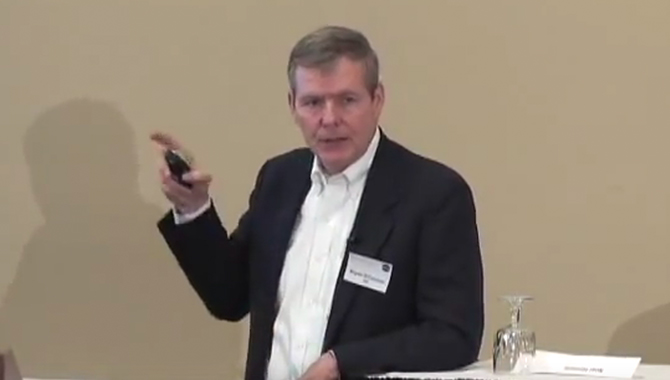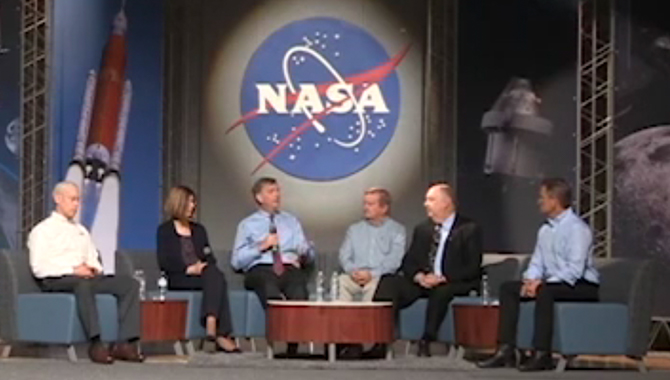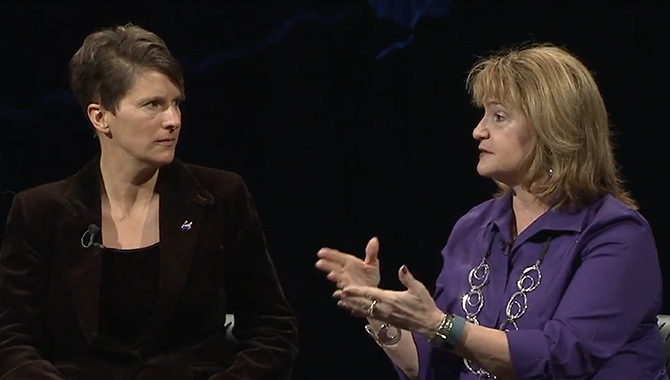As NASA was approaching the final flight of the space shuttle, a discussion panel was held at Masters Forum 20: Passing the Torch 3 to reflect upon the many important lessons learned from the formulation, development and operation of the Space Shuttle Program.
The space shuttle’s capability goals of routine access to low-Earth orbit, a high amount of reusability, and high rates of flights represented a dramatic change from the launch and space vehicles of the preceding Apollo era. Thomas Moser was able to share his key lessons of the transition from the Apollo Program to shuttle. Moser held various positions at NASA, including Apollo Subsystem Manager for the Command Module and Launch Escape System Structure; Orbiter Subsystem Manager for the structure and thermal protection systems (tiles); Orbiter Deputy Project Manager; and Director Of Engineering. He shared some of his key lessons learned in the video above.
A few of the many video key-learning points from the Space Shuttle Program discussion:
-
- 1.
“Political systems engineering” has and will continue to increase. The space shuttle faced increased bureaucratic scrutiny, tight budget and a variable schedule. Budget was not an issue with Apollo, which was schedule-driven, had full political support, and very little oversight. Apollo had many technical challenges and full political support. The Space Shuttle Program had fewer technical challenges, but many political challenges and schedule changes.
- 2.
Freeze the configuration, but not the program plan. The Orbiter was developed for the originally proposed cost of $5 billion because many proposed changes were denied and changes made to some of the subsystems did not impact other subsystems.
- 3.
Simple system interfaces simplify program management and reduce risk.
- 4.
“Better is the enemy of good”. A fuel line clogged on the shuttle and caused an early end to a mission. A fix was proposed to put a debris filter in the line. Another idea was suggested to put in two debris filters. One debris filter worked fine. Two filters caused hydrogen gas to be trapped between the filters and injected into the reservoir, which could have caused an explosion of the vehicle in space. Just do what is necessary.
- 5.
Operational flexibility cover development short falls. Loading on the wings during ascent was higher than expected by the developers. The operations team had the idea to communicate and post the ascent flight parameters to make sure the shuttle stayed within the structural capabilities of the wings.
- 6.
Changes will occur in future programs. Continue to make progress, but anticipate change.
- 1.
Related Resources:
Thomas Moser: Shuttle Program Presentation Slides (Masters Forum 20)









